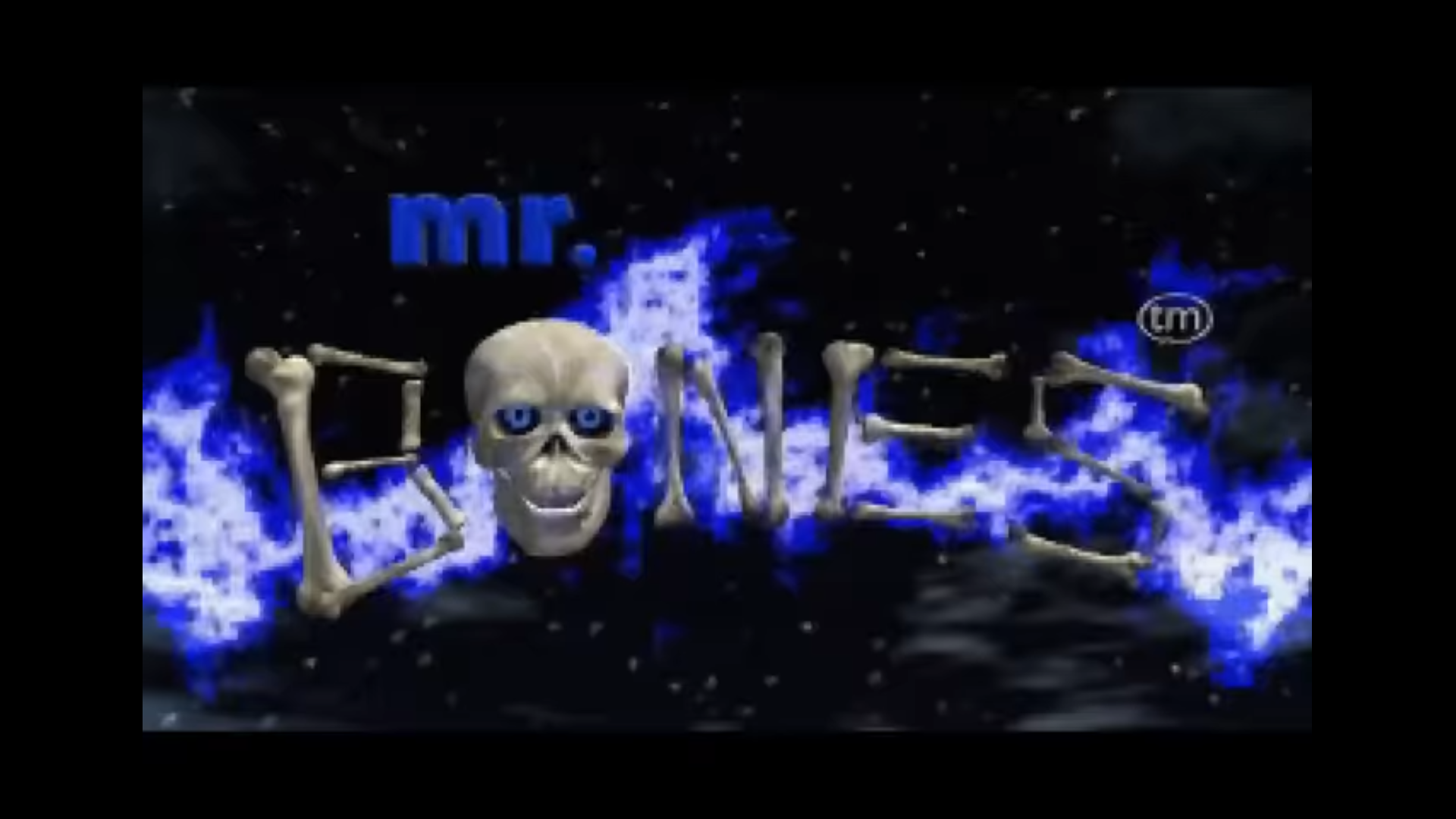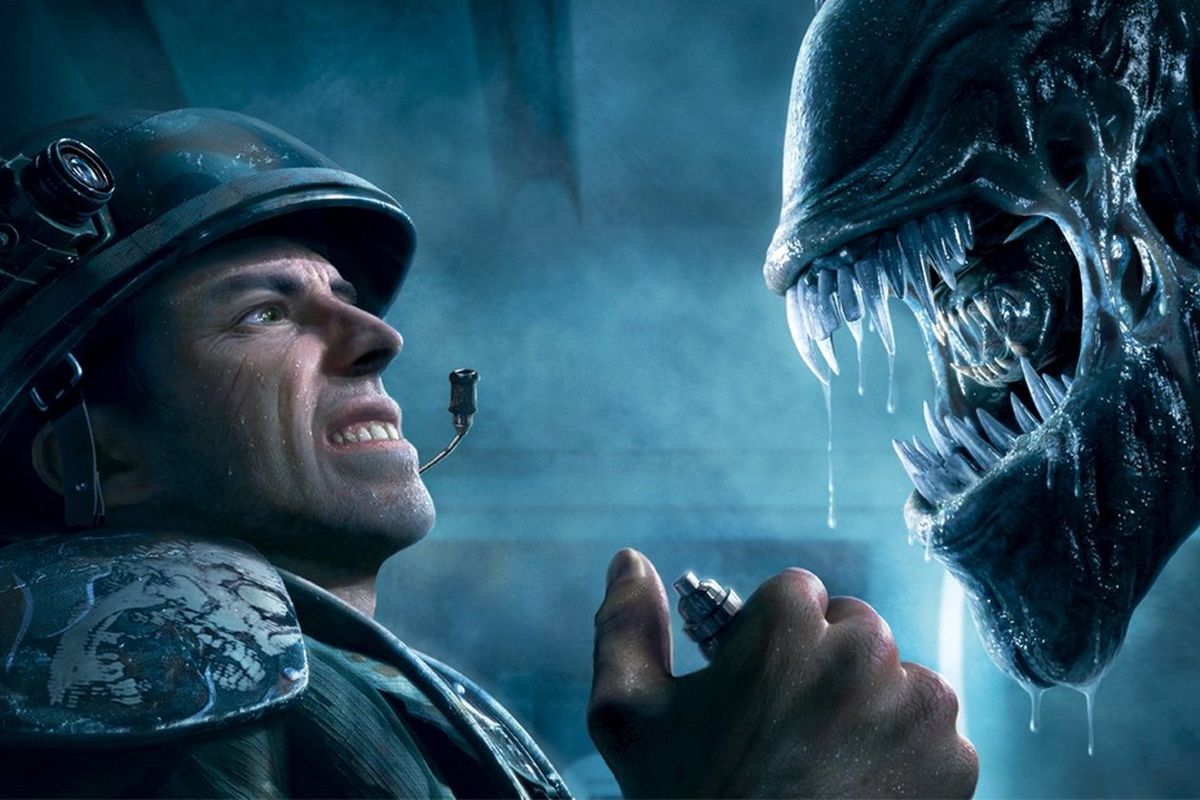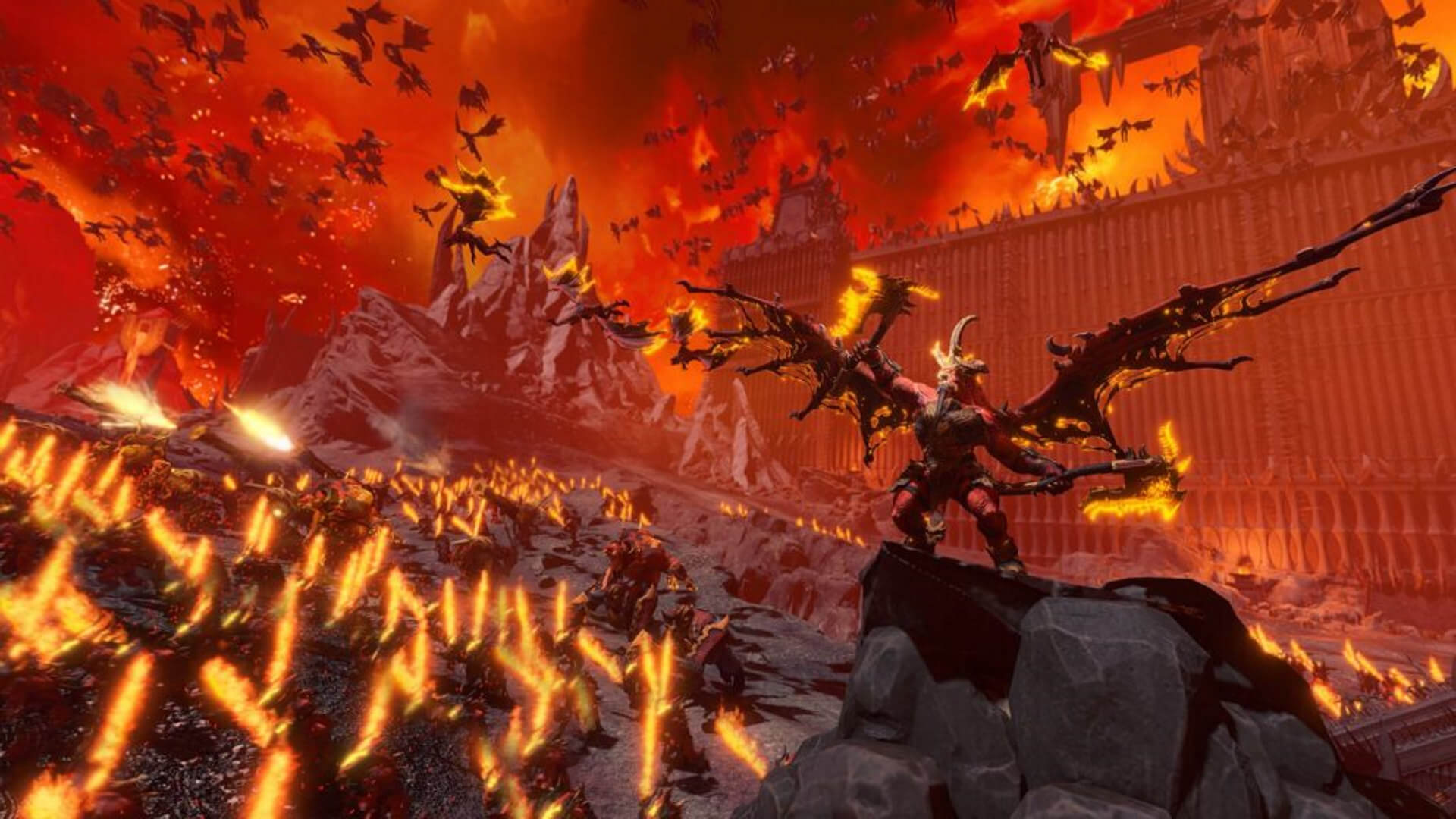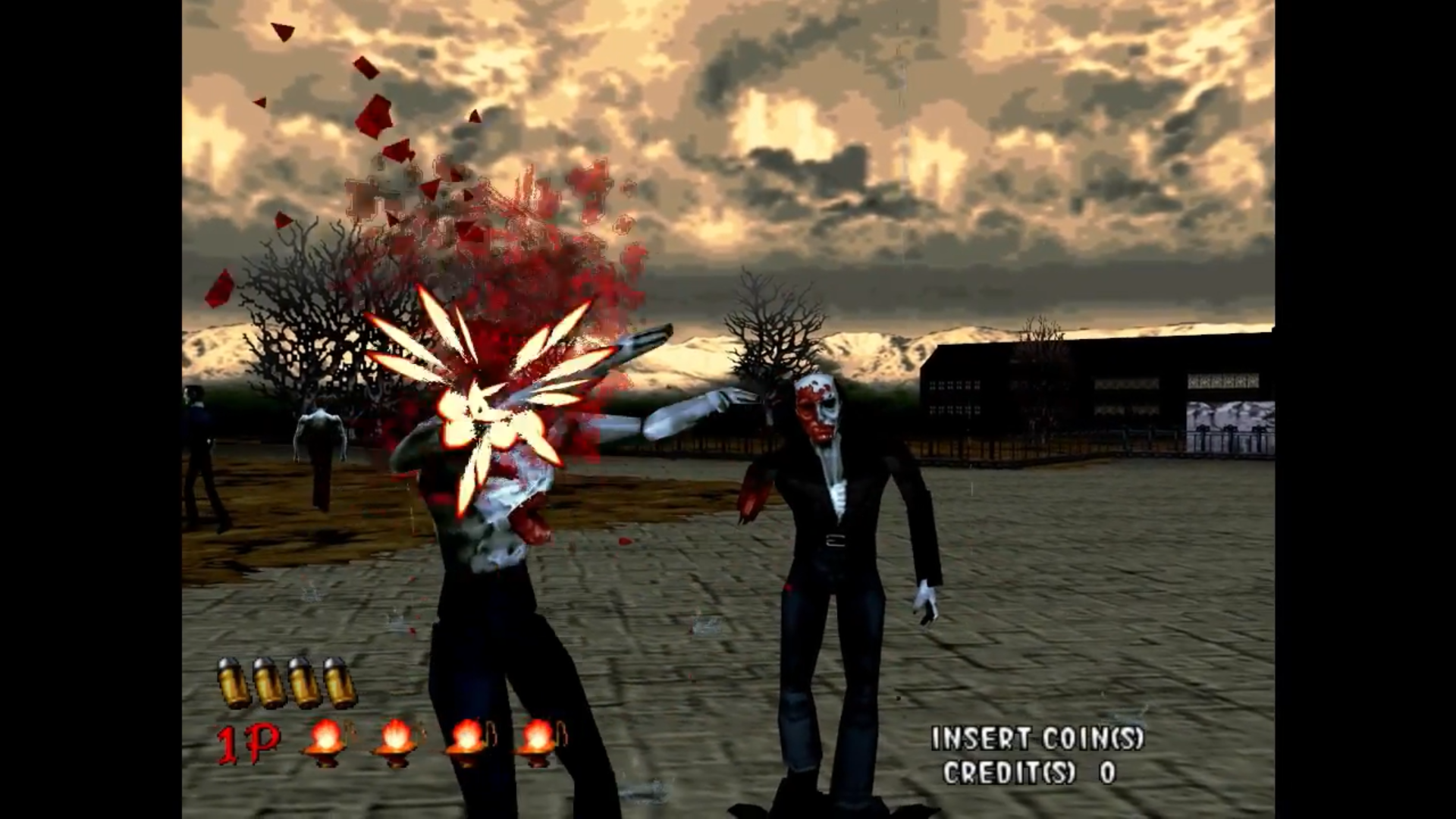
Mr. Bones is so Obscure, I Think It’s Creators Think I’m Messing With Them
I haven’t really written about it, but I’m a fan of Mr. Bones. I got a feeling in the back of my brain the other day, the kind that makes me sit up and say, “I need to write about that”. I was thinking of Mr. Bones of course. Mr. Bones rode around in my head for almost 20 years before I could put a name to the shapeless form I half-remembered from my childhood. I recalled playing a game on a Sega Saturn about a skeleton. I vividly remembered there being platforming, an underwater level, a rhythm game section, and a stand-up comedy section where you told jokes to make other skeletons laugh until they fell apart. They were the delirious, rose-colored remembrances of a child…or so I thought.
In October of 2017 I happened to be watching uber-popular streamer Vinny Vinesauce. He was playing a game called Mr. Bones. As he played, the memories came flooding back. I had played this game. This was the skeleton game! Everything I remembered, actually happened in the game! How could such an amazing game be so unknown to gamers? Let me explain a bit. In Mr. Bones, an evil scientist/wizard/vampire decides that the only way for good to continue existing, is to make a ton of evil. Thus, he builds a sick drum set that raises skeletons from the dead. They begin rising, red-eyed and ready to do evil, except one. This skeleton has blue eyes, and is pure of heart. He is Mr. Bones. He has no memory of his life pre-skeletonization. Sensing a pure soul, Dagoulian -yeah that’s the vampire’s name- sends his newly-risen army to get Mr. Bones.

The most striking thing about Mr. Bones is that almost no two levels are alike. It is a level of creativity almost unheard of in 1996. The cutscenes were a mix of live action and computer graphics, superimposing Mr. Bones into scenes with actual people. After he escapes the evil skeletons, he sits and feels sorry for himself, before hearing the dulcet tones of a blues guitar coming from a nearby cabin. He sneaks closer to hear the music, and the blind musician within tells him to get in, or get lost. What follows is a scene of Mr. Bones -entirely CG- sitting next to a blind Scottish guitarist – actual live-action human – and providing sweet blue solos while the blind man plays rhythm. The guitarist is actually played by the game’s composer; The monstrously talented Ronnie Montrose. Unfortunately, Montrose passed away in 2012, but his music for Mr. Bones will live on as some of the most satisfying blues you’ll hear in a game.
This scene helps set up the tone of Mr. Bones. It may have lulled you in with the simple platforming in the first level, but after the encounter in the cabin, there are no more rules. Surrounded by hordes of angry skeletons, you have to utilize the guitar given to you by the blind man, and play a rockin’ guitar solo. That’s right, platforming is over. It’s time for a rhythm game section. These changes happen throughout Mr. Bones. The great thing is none of it feels poorly planned. There was obviously a strong planning document somewhere for Mr. Bones. While it sometimes feels common for a game to add a minigame, or a thousand collectibles as some sort of afterthought, Mr. Bones put care and effort into everything it does. The platforming is tight, the rhythm section is responsive, and it all jibes together. It never feels like you’re playing a series of different games.

Everything presented blends into everything else. By the time you finish the rhythm section, and by the time you’ve completed a drum solo that opens up a portal to the blues dimension where you bounce on a giant skull while you listen to an extended blues guitar solo while a disembodied voice talks about blues…it just makes sense. Obviously this is the kind of situation that Mr. Bones would get into. The strange never becomes mundane, but it starts to make sense. It stands to reason that a game with a living skeleton as the protagonist shouldn’t stop at just the weirdness of a living skeleton. It went full weird, and was better for it. It pulled off a rare feat: It was creative, artistic, and never at the detriment of the fun. Mr. Bones never sacrificed any part of it’s collected parts for the benefit of another. It always worked together, much like bones, in a skeleton.
So like I said, I’ve been having these Mr. Bones thoughts. I decided it would be fun to do an oral history of Mr. Bones. I checked the credits and decided to reach out to one of the creators of Mr. Bones: Ed Annunziata. I wanted to interview him and ask how such a wild, absurd concept became a reality. I wanted to know if he butted heads with Sega during production, I also wanted to know who currently held the rights to Mr. Bones, so I had an idea. I reached out on Twitter, my preferred form of communication. I want to end this editorial with a screenshot of my exchange with Mr. Annunziata, along with a plea that he actually take me seriously. I’m not messing with you Mr. Annunziata. I really like Mr. Bones.





